Highest passes in India:
he great Indian mountain ranges offers some of the most beautiful but dangerous road drive through the high altitude passes or Ghats. These High Mountain passes and deep valleys play a very important role in trade, travel,war and migration. There are many passes situated through the mountain sub ranges and hills, some of them are well known such as Changla Mountain Pass Ladakh,nathula pass Sikkim,Sela pass Tawang and the most popular Rohtang Pass on the eastern Pir Panjal Range of the Himalayas in Manali.
Dungri La Pass
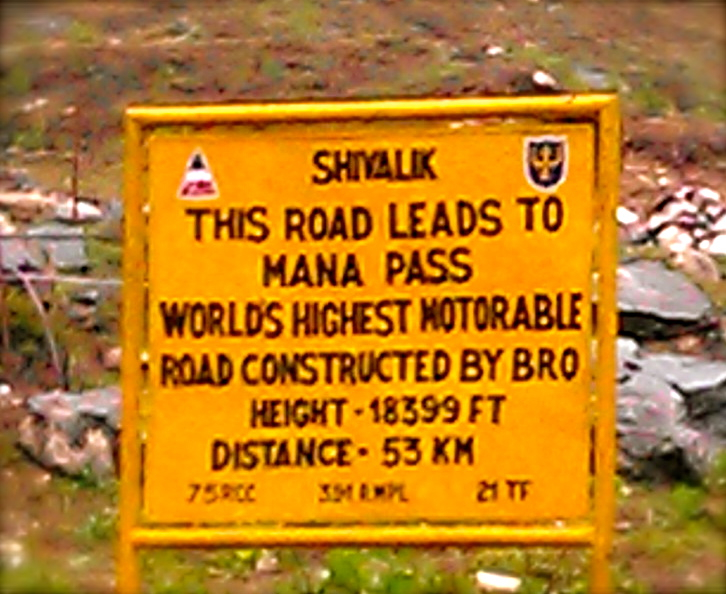
The Dungri la pass or Mana Pass is the high altitude mountain pass and the highest motorable road with an elevation of 5,608 m (18,399 ft). Dungri La Pass connects India and Tibet, located in the Nanda Devi Biosphere Reserve of the Zanskar mountain range in the Uttarakhand. Mana Pass led from Badrinath and the source of the Saraswati River along with the Deotal Lake.
Khardung La Pass
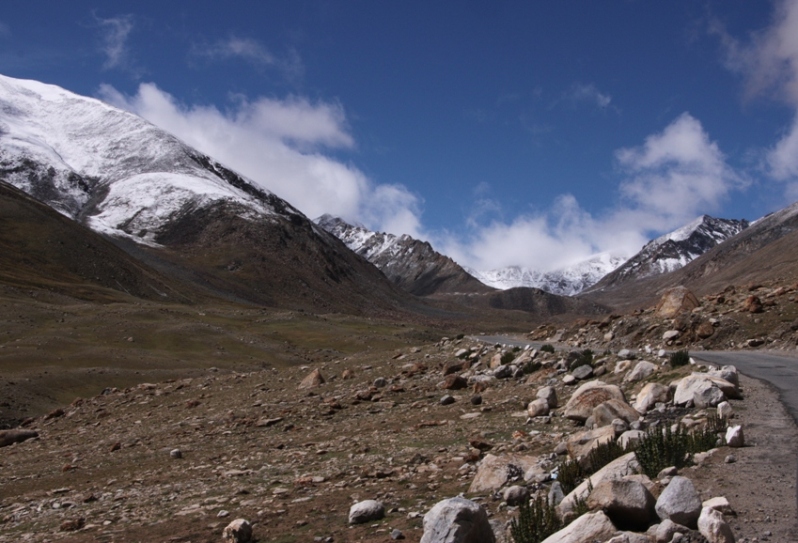
The great Khardung La pass is located near the Leh in Ladakh region of Jammu and Kashmir. Khardung La Pass on the Ladakh Ranges connects the Shyok and Nubra valleys at an elevation of 5,602 m (18,380 feet) at north of Leh. Khardung La is the highest motorable pass and one of the highest motorable road and seen many motorbike and mountain bike expeditions.
Borasu Pass
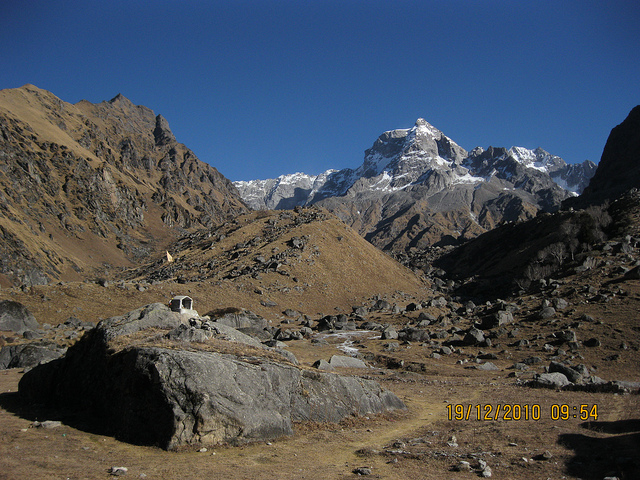
The Borasu Pass connect the Uttarakhand and Himachal Pradesh in the Himalaya Mountains at an elevation of 5,450 m (17,881 ft) near the border with China. The high elevation mountain pass was an old trade route between amazing Doon valley and Kinnaur valley.
Chang La Pass
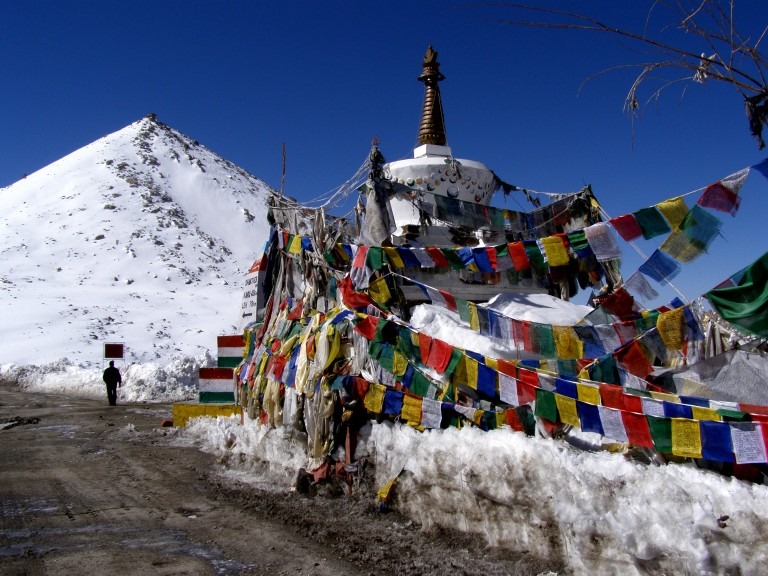
The Chang La pass of Ladakh in high altitude mountain pass with an elevation of5,360 m (17,590 ft) on the route to Pangong Lake from Leh. Chang La Pass is one of the third highest motorable road in the world connects Indus Valley to Pangong Lake region. Changtang plateau is well known for its high altitude giant lakess and vast highlands of great Himalayas.
Debsa Pass
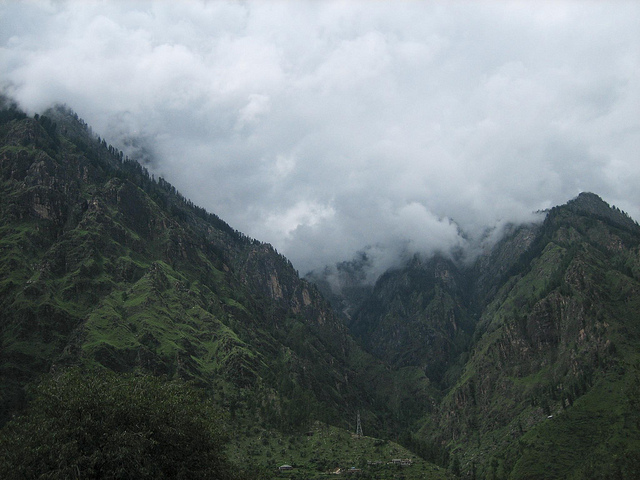
The Debsa Pass of is high mountain pass of 5,360-metre (17,590 ft) in the Himalaya mountains and connects the Kullu and Spiti valley of Himachal Pradesh. Beautiful Spiti Valley is a desert mountain land between Tibet and India at north-eastern part of Himachal Pradesh in the Himalaya mountains, Debsa pass runs round the the Parbati River valley in Kullu.
Lipulekh Pass
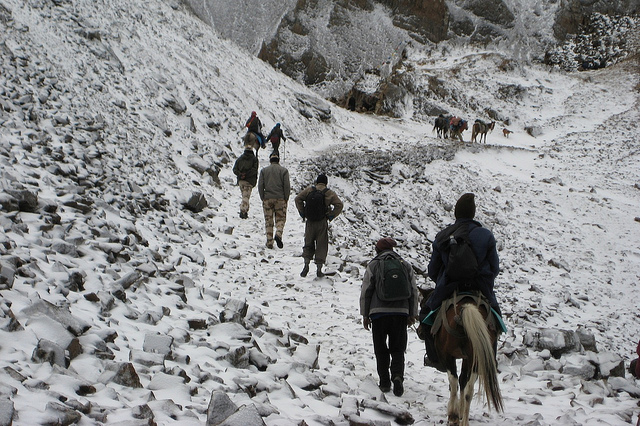
The Himalayan pass connects the Kumaon region of Uttarakhand to Purang in Tibet at elevation of 5,334 m (17,500 ft). Lipulekh Pass links the Vyas and Chaudans valleys to Tibet region, It is also used for Kailash Mansarovar Yatra of Hindus to the Mount Kailash and Lake Mansarovar.
Karakoram Pass
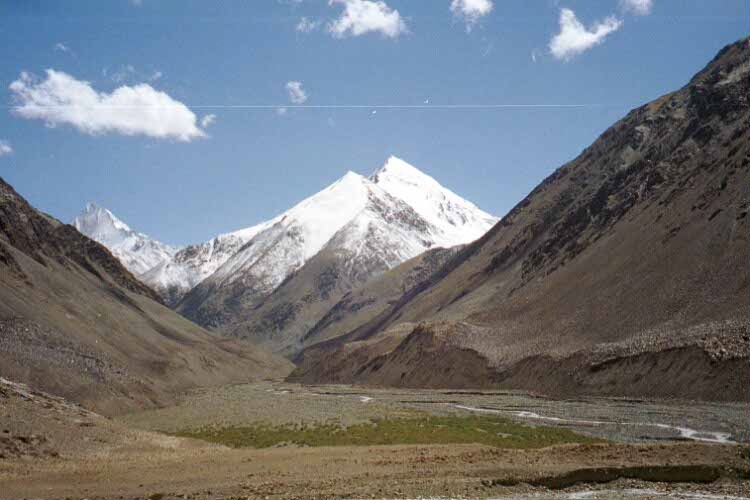
The Karakoram Pass is situated at an elevation of 4,693 m (15,397 ft) between India and China in the Karakoram Range. Karakoram pass is the tallest pass of the Karakoram Mountain Range and the oldest route between Leh and Yarkant. The Siachen Glacier is situated in the eastern Karakoram range and west of the pass in the great Himalaya Mountains.
Rupin Pass
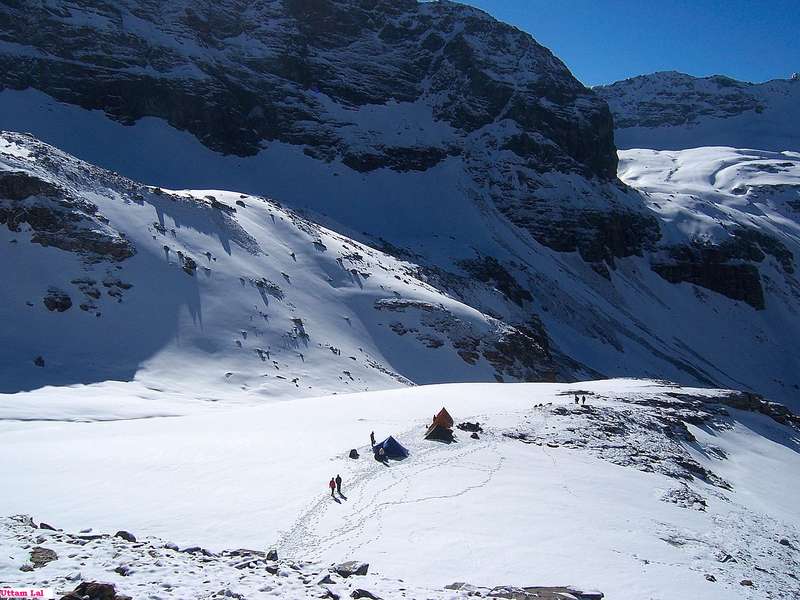
The majestic high altitude pass is situated across the rupin river in Uttarakhand, starts from Dhaula in Uttarakhand and end at Sangla in Himachal Pradesh. The un inhabited Rupin Pass located at an elevation of 4650 m (15,250 ft) in the great Himalayan ranges and consist of deep dark valleys,icy slopes and snow fields.
Nathu La Pass
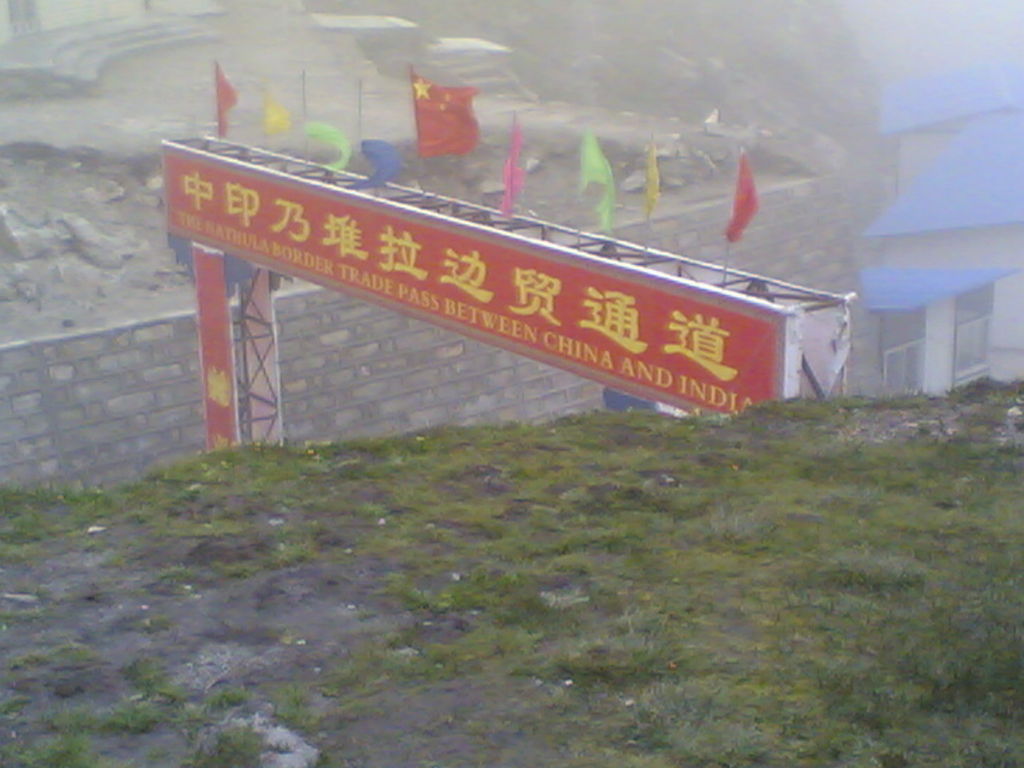
The major Nathu La pass connects Sikkimto Tibet region at an altitude of 4,310 m (14,140 ft) in the Himalayas mountain ranges. Nathu La Pass is one of the three open trading pass between the Indian and China, other two are are Shipkila in Himachal Pradesh and Lipulekh in Uttarakhand. Nathu La Pass is located near to important Hindu and Buddhist pilgrimage sites and offers a wide range of Flora and fauna including endangered ground orchida, snow leopard, Tibetan wolf and black-winged kite.
Jelep La Pass
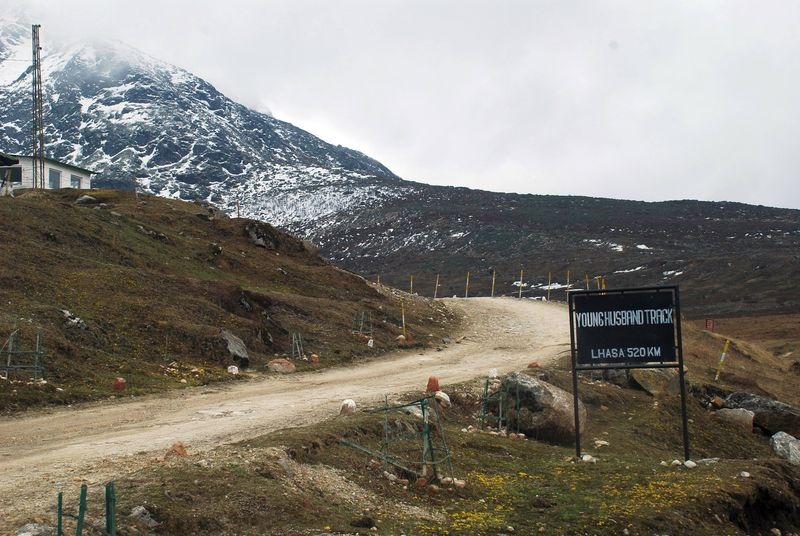
Jelep La Pass is situated in the East Sikkim District at an elevation of 4,270 m (14,009 ft). The high mountain pass connects Sikkim, India to Lhasa of Tibet region, It is one of the scenic route with the forests of rhododendrons alongside of India and the Chumbi Valley on the Tibetan Plateau.
Sela Pass
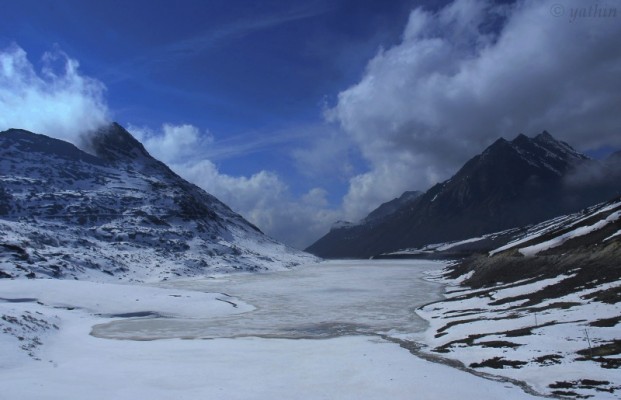
The frozen Sela Pass is situated at an elevation of 4,170 m (13,680 ft) in Tawang District of Arunachal Pradesh. Sela Pass connects Tawang to rest of India through Tezpur and Guwahati, It receives heavy snowfall in winter but remain opens throughout the year. The high altitude mountain pass is a very difficult terrain cross but the only Gateway to the Tawang and Buddhist Tawang Monastery.
Rohtang Pass
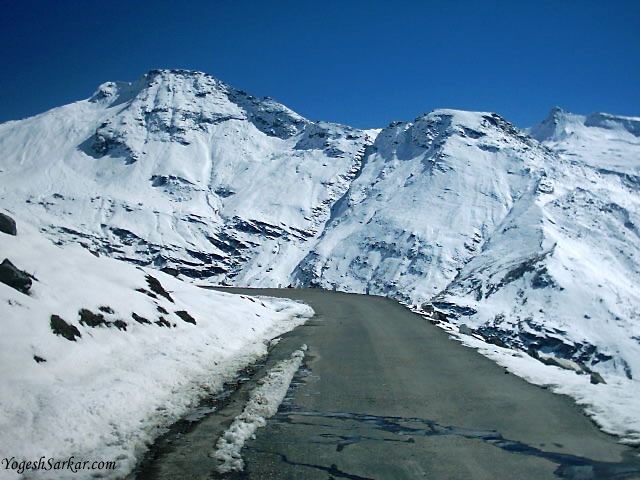
The most famous Rohtang Pass is situated in the Pir Panjal Range of great Himalayas and connect two most beautiful valleys of Himachal Pradesh near Manali. Rohtang Pass connects Kullu Valley with the Lahaul and Spiti Valleys at an altitude of 3,978 m (13,051 ft) on Manali-Leh Highway. Rohtang Pass open from May to November only and rest of time it is very difficult to cross due to snowstorms and avalanche.
Chanshal Pass
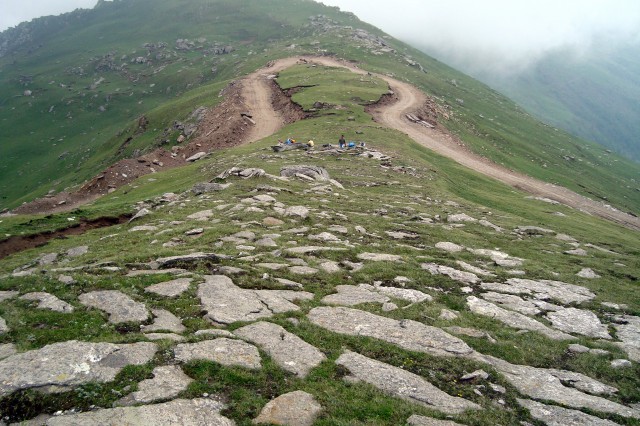
The high elevation Chanshal Pass connect Dodra Kwar and Rohru in the Shimla district of Himachal Pradesh. The highest mountain peak of Shimla is situated in Chanshal Pass at an elevation of 4,520 m (14,830 ft). Other major mountain passes of India are Lachungla Pass ladakh,Zoji La Pass,Namika La and Fotu la passes between Srinagar and Leh highway or the National Highway 1(NH 1) and the Banihal Pass across the Pir Panjal Range. Banihal Pass has only Kashmir Railway route and one of the major tunnel of India known as Jawahar Tunnel and the Pir Panjal Range has recently opened India’s longest rail tunnel as Pir Panjal Railway Tunnel.
Amazing blog , Loved your topic .It will help me alot while I was planinng for my next trip in India specially I prefer mountain area and This time I was confused in between rohtang pass and Nathu la pass which is at sikkim.
ReplyDeleteThis blog will guide me alot during my trip.
Famous Monuments in UK